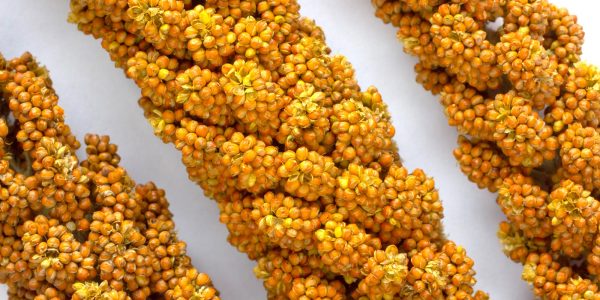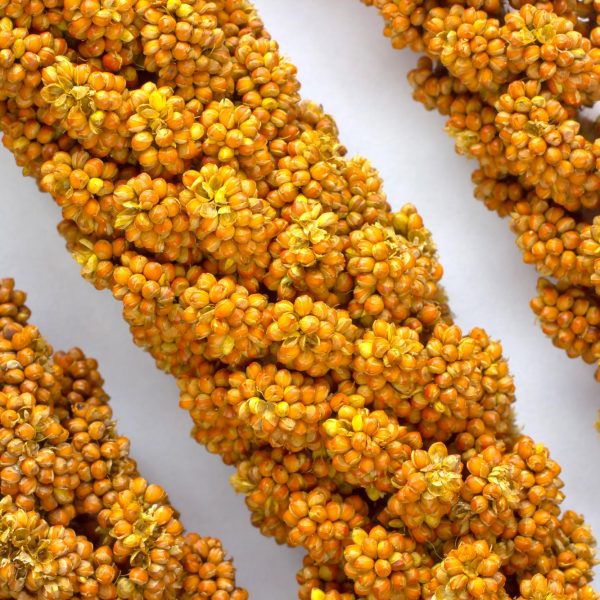
Total Phenolics in Sweet Sorghum Syrups Compared to Other Commercial Syrup Sweeteners: Antioxidant Activity and Color
Knowledge of the nutritional and dietary content of sweet sorghum syrups compared to other commercial food-grade syrups, will facilitate their large-scale marketing. Phenolic, antioxidant activity, and related color data for commercial high fructose corn syrup (HFCS), corn, honey, maple, agave, rice, and grain sorghum syrups (three brands) were compared to ten commercial sweet sorghum syrups. Sweet sorghum syrups contained dramatically higher (P<0.05) total phenolic contents TPC (6471 ± 1823 mg/L) compared to the other syrups (596 ± 497 mg/L). TPC variation among sweet sorghum brands was 28.2%CV which was much lower than 83.3%CV for the other syrups. Only maple syrups had 2,2-diphenyl-1-picryl hydrazyl (DPHH) radical scavenging (antioxidant) activities (RSA) that were not significantly different to sweet sorghum syrups at the 5% probability level. HFCS, corn, white grain sorghum and rice syrups had negligible RSA antioxidant values. TPC of all the syrups was highly correlated with the antioxidant capacity, particularly oxygen radical absorbance capacity (ORAC) values (R2=0.968). Color of the syrups was measured at pH 4.0, 7.0, and 9.0 and wavelengths of 280, 320, 420, and 580 nm. Color was strongly related to the TPC of the syrups particularly at pH 9.0 (sensitive to phenolic colorants) and 320 nm (sensitive to hydroxycinnamic derivatives) closely followed by 420 nm. Color easily measured at pH 9.0 and 320 nm could be useful indirect measure of total phenolics and antioxidant capacity for industry and further studies are now warranted.


